Phyllanthus L.
Phyllanthaceae
distinctive and rarely confused with any other genus
tropical and subtropical regions of the world
Phyllanthus fluitans Benth. ex Muell. Arg.
Phyllanthus fluitans Benth. ex Muell. Arg. is introduced in Florida (United States).
not usually weedy
small, free floating stem plantstem plant:
(n) (a term used in the aquarium and pond plant trade) having an elongate stem (as opposed to a compact stem)
 ; rarely attached and ascending
; rarely attached and ascending
Perennialperennial:
(adj) (of a plant) having a life cycle of more than two years
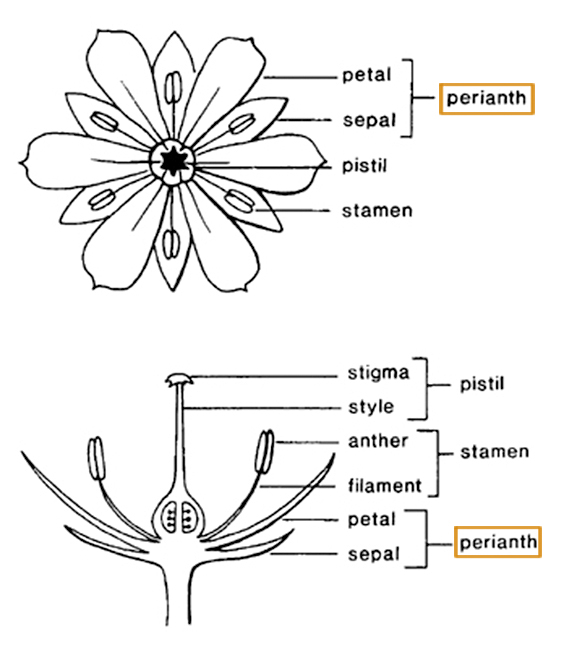 , free floating, monoeciousmonoecious:
, free floating, monoeciousmonoecious:
(adj) having separate male and female flowers on the same individual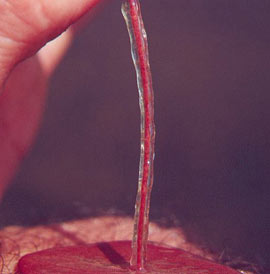 . Roots numerous, red colored. Stem creeping horizontally, frequently fragmenting. Leaves alternatealternate:
. Roots numerous, red colored. Stem creeping horizontally, frequently fragmenting. Leaves alternatealternate:
(adj) (of leaves) bearing one leaf per node; placed singly on the stem at different heights
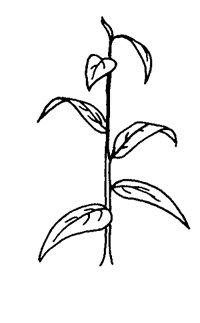 in a compact series, sessilesessile:
in a compact series, sessilesessile:
(adj) attached directly, without a stalk
 ; leaf bladeblade:
; leaf bladeblade:
(n) (syn. lamina) the flat, expanded part of a leaf, frond, or petal (excluding, e.g., the petiole)
 orbicularorbicular:
orbicularorbicular:
(adj) circular in outline
 , pubescentpubescent:
, pubescentpubescent:
(adj) (1) covered with short, soft hairs; (2) bearing hairs
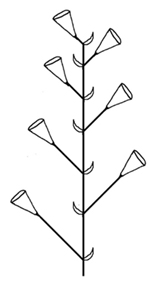 , venationvenation:
, venationvenation:
(n) the arrangement of veins in a leaf
 pinnate, with regions between veins raised and swollen; marginmargin:
pinnate, with regions between veins raised and swollen; marginmargin:
(n) edge; rim
 entire. Inflorescenceinflorescence:
entire. Inflorescenceinflorescence:
(n) the arrangement of flowers on the floral axis
 axillary, solitary. Flowers small, unisexualunisexual:
axillary, solitary. Flowers small, unisexualunisexual:
(adj) (of a flower) with either stamens (male) or pistils (female) but not both; consisting of only male or female flowers
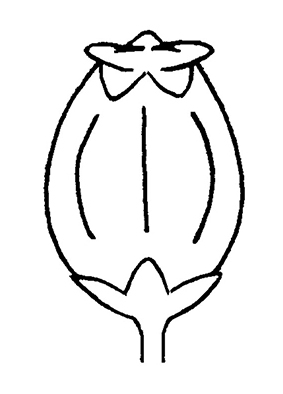 , short- petiolatepetiolate:
, short- petiolatepetiolate:
(adj) relating to or in the form of a petiole; bearing petioles
 ; perianthperianth:
; perianthperianth:
(n) collective term for the calyx and corolla of a flower; also used for floral whorl(s) in which the calyx and corolla cannot be resolved; any of the leaves or bracts surrounding the sex organs of bryophytes
 of 5-6 imbricateimbricate:
of 5-6 imbricateimbricate:
(adj) overlapping like shingles on a roof
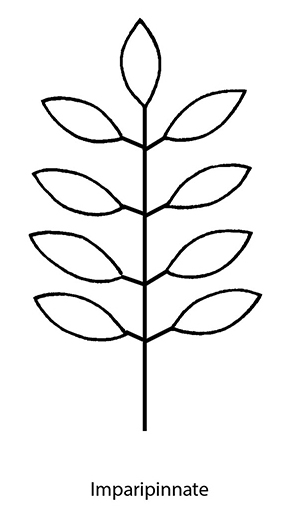 segments, white. Berries red to green. Dispersal by seed and stem fragments.
segments, white. Berries red to green. Dispersal by seed and stem fragments.
swamps and rivers, amongst other vegetation
Phyllanthus contains nearly 1,000 species worldwide, but only two are aquatic: the free floating P. fluitans from Central and South America, and the submersedsubmersed:
see submerged
 , attached P. leonardianus from Zaire. Only P. fluitans is cultivated for aquaria and ponds, although rarely traded commercially.
, attached P. leonardianus from Zaire. Only P. fluitans is cultivated for aquaria and ponds, although rarely traded commercially.